Big cats, from the regal lion to the stealthy leopard, occupy a fascinating niche in the animal kingdom. As apex predators, they play a critical role in maintaining the balance within their ecosystems. But what makes them such formidable hunters? This article delves into the characteristics and adaptations that enable big cats to reign supreme in their environments.
Physical Strength and Agility
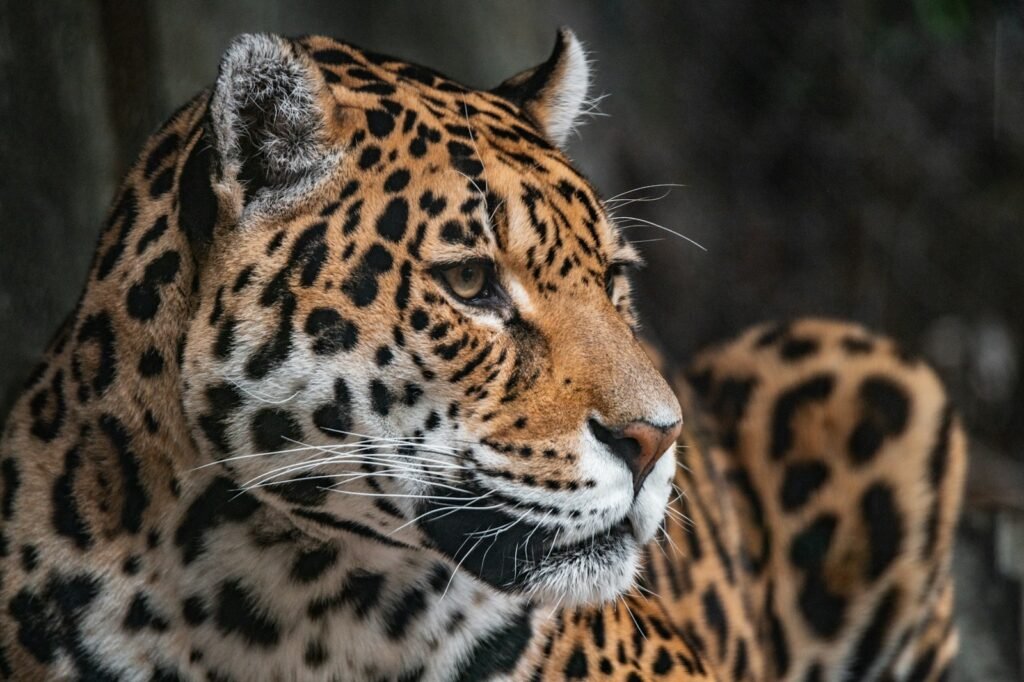
One of the most evident reasons big cats are apex predators is their remarkable physical abilities. Species such as the tiger and the jaguar boast powerful muscular builds that allow them to take down prey much larger than themselves. Coupled with this strength is their agility, enabling them to navigate complex terrains, whether it’s the dense forests or the open savannahs.
Exceptional Hunting Skills
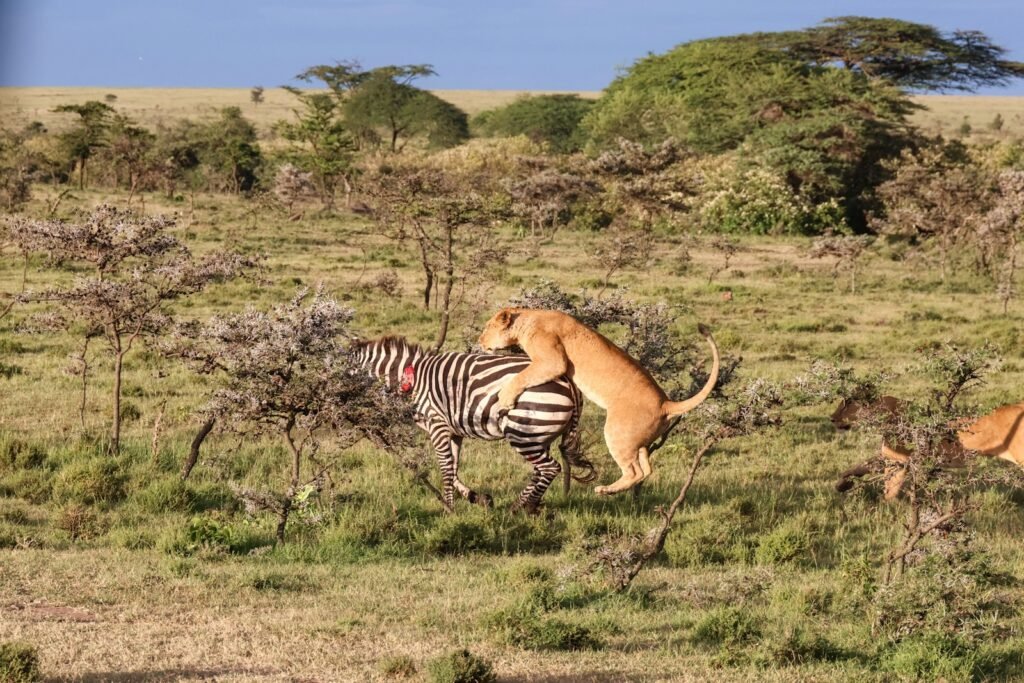
Big cats are stealthy hunters. Take the leopard, for example, which has developed exceptional stalking techniques that allow it to approach prey virtually unnoticed. This mastery of stealth and the ability to execute swift and deadly attacks make big cats efficient predators.
Acute Senses
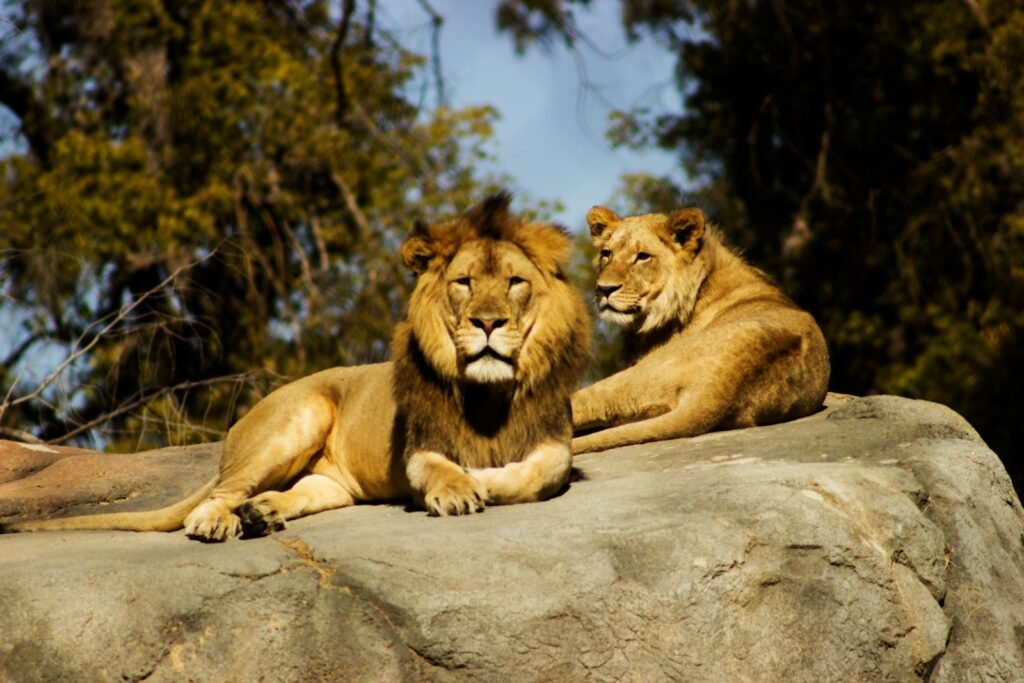
The keen sensory capabilities of big cats are pivotal to their success as hunters. They have excellent night vision that allows them to hunt in low-light conditions effectively. Coupled with their acute hearing and well-developed sense of smell, big cats can detect prey even when they are far out of sight.
Adaptations to Diverse Habitats
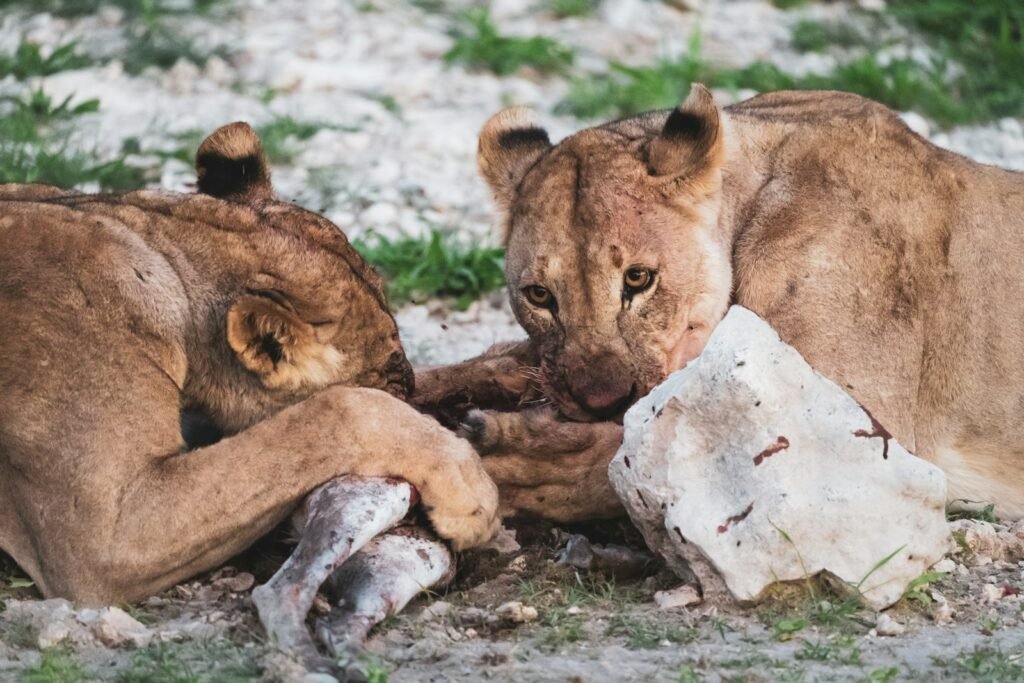
Big cats are found in a variety of habitats across the globe, from the arid deserts inhabited by the caracal to the icy tundra home of the Amur leopard. Their ability to adapt to different climates and terrains showcases their versatility as predators, allowing them to exploit diverse prey populations.
Social Structures and Collaboration
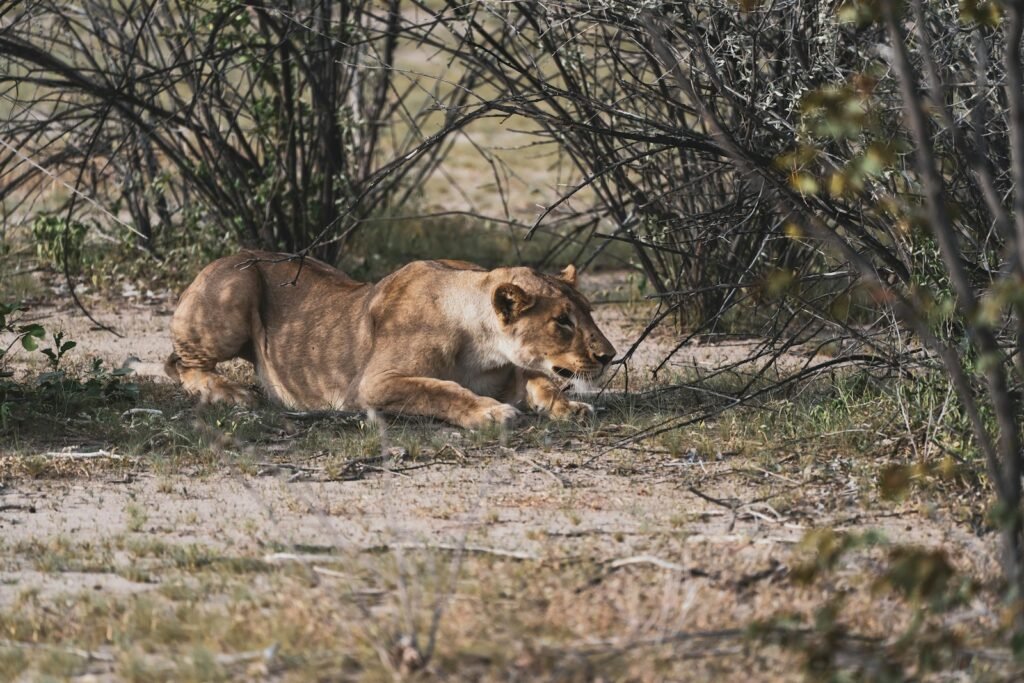
Some big cats, like lions, hunt in groups known as prides. This social structure enhances their hunting success, allowing them to take down larger prey cooperatively. This group dynamic not only increases their efficiency but also helps sustain territories and protect their young from other predators.
Role in Ecosystem Regulation
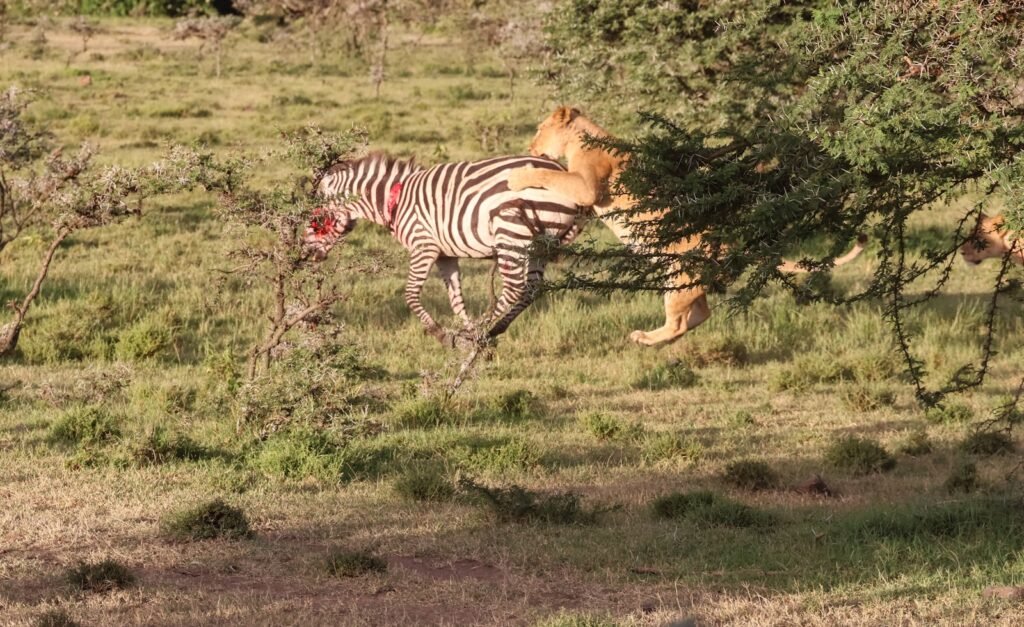
As apex predators, big cats help regulate the populations of herbivores, ensuring that their numbers do not become unsustainable, which could otherwise lead to overgrazing and habitat degradation. By managing prey populations, big cats foster biodiversity and ecosystem health.
Conservation Challenges

Despite their critical ecological role, big cats face numerous threats from human activities, including habitat destruction, poaching, and conflicts with humans over livestock. These threats pose significant challenges to their survival, necessitating robust conservation efforts globally.
Conservation Success Stories
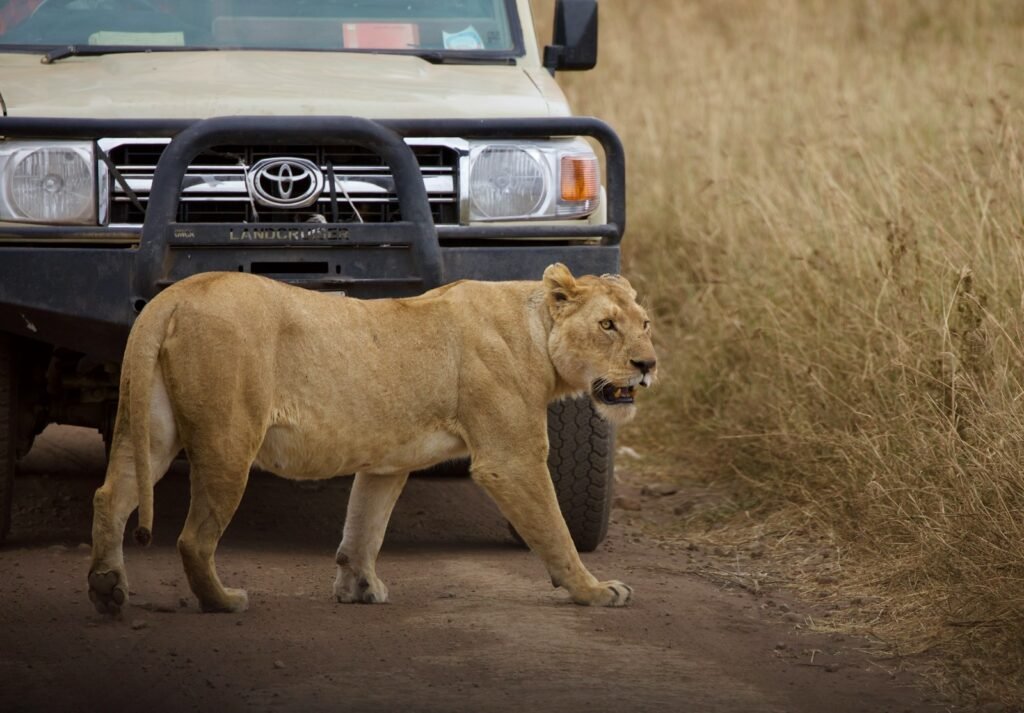
There have been several successful conservation initiatives that have helped stabilize or even increase big cat populations, such as the resurgence of the Amur tiger in Russia and collaborative efforts for the Indian lion. These successes highlight the potential positive impact of dedicated conservation efforts.
The Importance of Protecting Apex Predators

Protecting big cats is essential for maintaining ecological balance. As apex predators, they shape the structure of their environments and ensure the health and diversity of ecosystems. Conservation measures are not only about saving individual species but also about sustaining the entire ecosystems that rely on them.
Conclusion: The Enduring Legacy of Big Cats

Big cats, with their unparalleled strength, sensory adaptations, and ecological significance, are indeed ultimate apex predators. Understanding and preserving these majestic creatures is vital for maintaining the natural balance. Their survival is emblematic of broader environmental health, reminding us of the intricate connections that sustain life on Earth.
Hi, I’m Bola, a passionate writer and creative strategist with a knack for crafting compelling content that educates, inspires, and connects. Over the years, I’ve honed my skills across various writing fields, including content creation, copywriting, online course development, and video scriptwriting.
When I’m not at my desk, you’ll find me exploring new ideas, reading books, or brainstorming creative ways to solve challenges. I believe that words have the power to transform, and I’m here to help you leverage that power for success.
Thanks for stopping by, Keep coming to this website to checkout new articles form me. You’d always love it!






